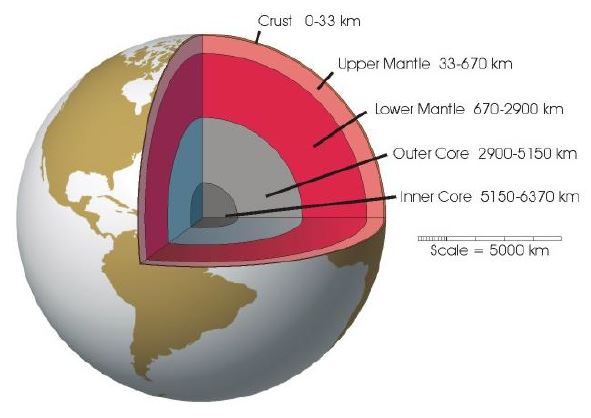Breezy Explainer: An Indian meteorite helped study Earth’s formation
Researchers find Bridgmanite, a deep earth mineral in a meteorite. The results of this study can help understand the evolution and formation of Earth. Here’s what we know so far. What’s so special about this meteorite? Researchers from the Geological Survey of India collected about 30 meteorites from Katol, Nagpur after a meteor shower that […]


Researchers find Bridgmanite, a deep earth mineral in a meteorite. The results of this study can help understand the evolution and formation of Earth. Here’s what we know so far.
What’s so special about this meteorite?

Researchers from the Geological Survey of India collected about 30 meteorites from Katol, Nagpur after a meteor shower that occurred in May 2012. The initial study revealed that they contained olivine. Olivine is a common phase in the upper mantel of the earth. However further studies revealed that the meteor fragments contained elements that are present in the lower mantel of the Earth. The earth’s lowe mantel is about 660 km under the earth’s surface. The meteor fragments are the first reports of bridgmanite in nature. The mineral, named after Prof. Percy W. Bridgman, the 1946 Nobel Prize winner in Physics.
“Katol meteorite is a unique sample and it is a significant discovery. Though previous studies on other meteorite samples (Tenham and Suizhou samples) have shown the presence of much more magnesium and iron components, they were different from bridgmanite present in the Earth’s lower mantle. The composition of Katol bridgmanite closely matches those synthesized in different laboratories around the globe over the last three decades,” said Dr. Sujoy Ghosh. Ghosh is the lead author of the study and a researcher at the Indian Institute of Technology Kharagpur’s Department of Geology and Geophysics.
What is Bridgmanite and why is it important?

“Bridgmanite is the most volumetrically abundant mineral of the Earth’s interior. It is present in the lower mantle (from 660 to 2700 km), and it is important to understand its formation mechanism to better comprehend the origin and evolution of planetary interiors,” explained Dr. Ghosh. The study is published in the PNAS.
Why is it important to Earth’s formation and evolution?
The Earth was a sea of magma before elements stabilized and formed various layers. Hence, the earth is made up of a core and mantel which have several layers within them. Since the mineral is found on both the meteorite and earth, it can act as an analog for the plant. Using the meteorite, researchers can discover more about how the earth was formed. “Our discovery could also help investigations of high-pressure phase transformation mechanisms in the deep Earth,” added Gosh.
This article Breezy Explainer: An Indian meteorite helped study Earth’s formation appeared first on BreezyScroll.
Read more on BreezyScroll.


